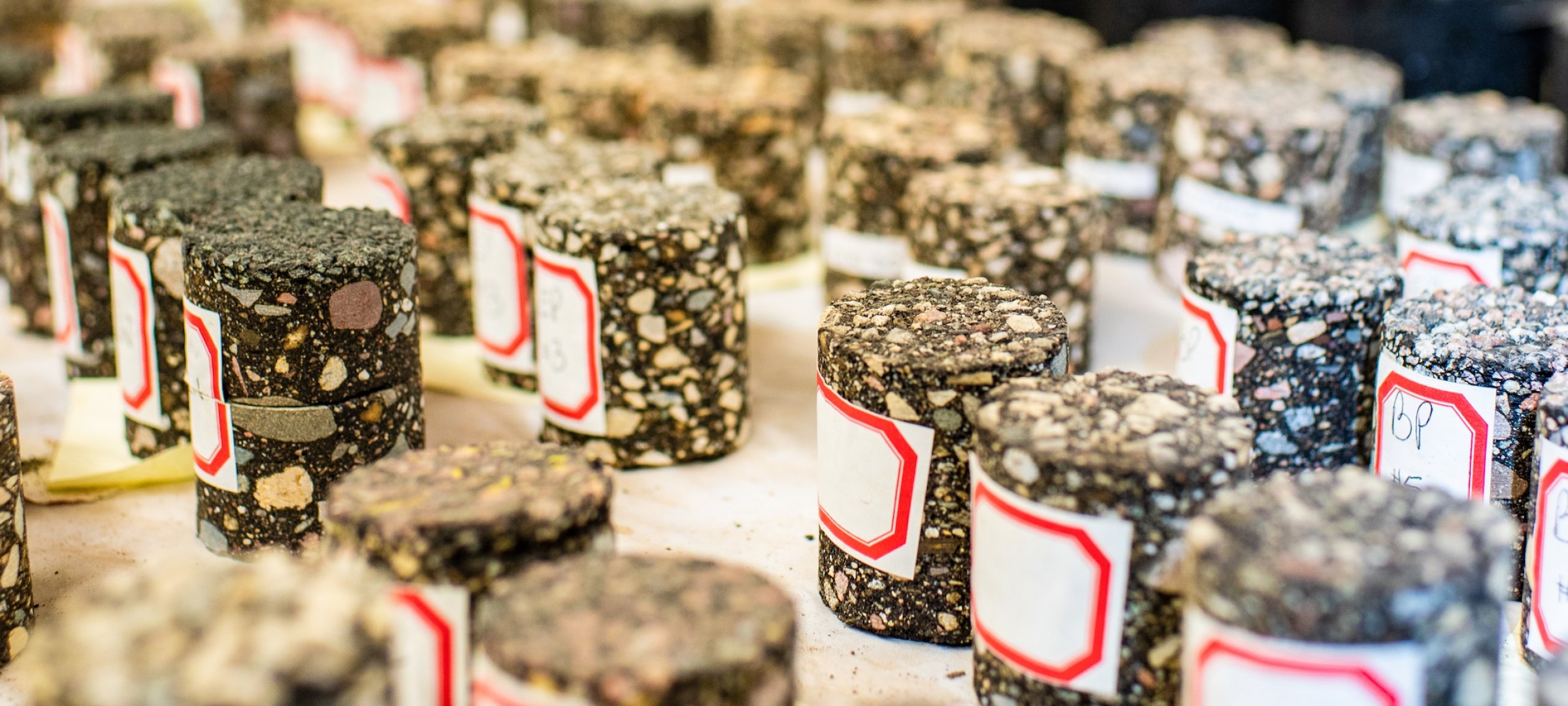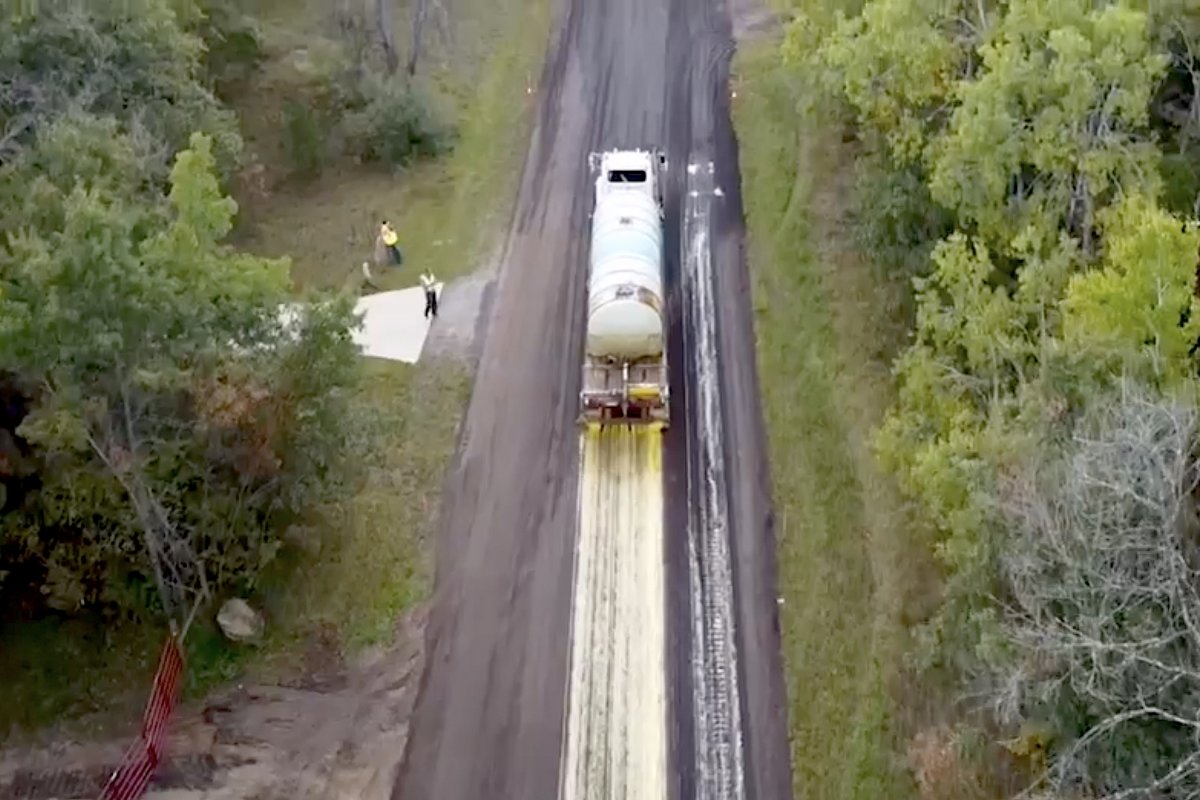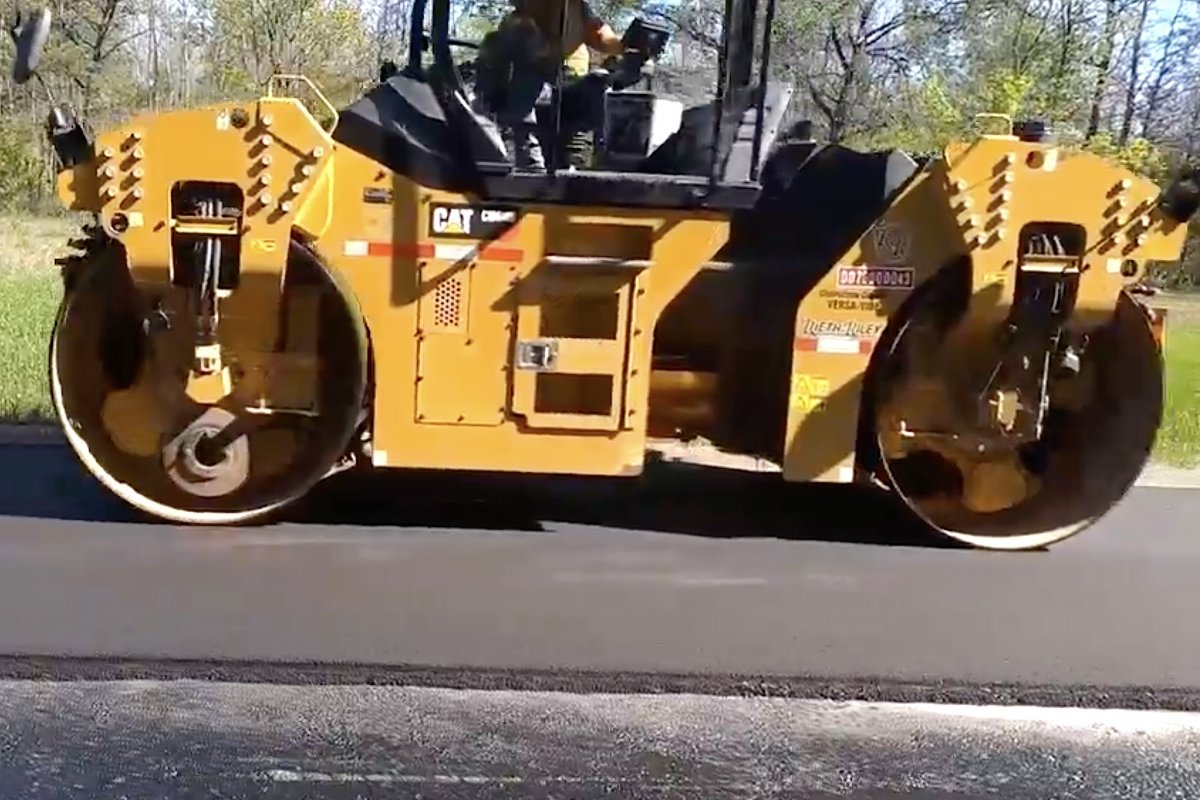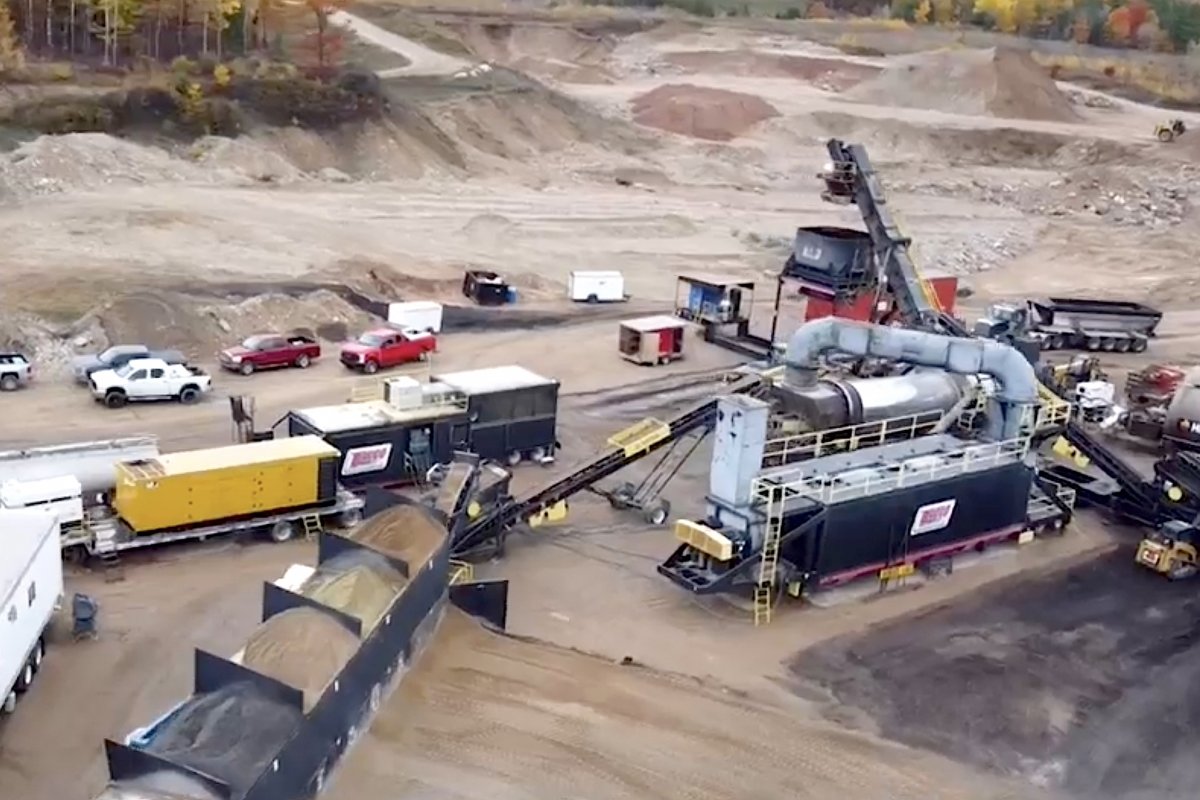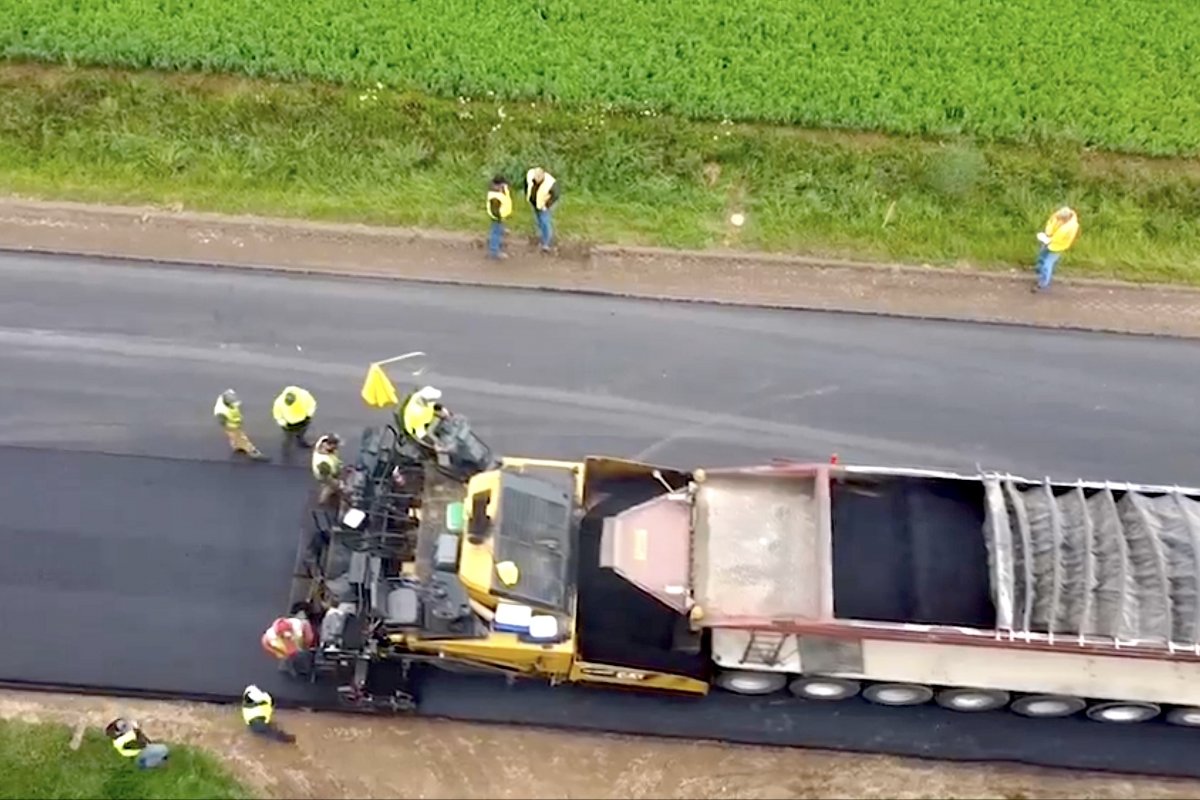Rubber Modified Asphalt (RMA) Road Owner’s Resource Center
Learn how to introduce Ground Tire Rubber (GTR, or recycled rubber) into pavement
design for rubber asphalt roads.
Rubberized asphalt is an innovative form of asphalt concrete. Also known as rubber
asphalt or crumb rubber asphalt, it integrates the recycled rubber granules into the
asphalt mixture.
These rubber granules are commonly sourced from discarded tires. This offers a sustainable
solution to both tire recycling and waste reduction. The process typically involves
three main methods: wet process, dry process, and terminal blend process.
"Crumb rubber in asphalt reduces rutting and cracks and extends life, and it lowers
noise levels."Zhanping You, Distinguished Professor, Transportation Engineering, Michigan Technological
University
Start Your Pavement Design
Road Condition
Select the current PASER rating for your road. PASER which stands for "Pavement Surface
Evaluation and Rating." It is a technique for assessing the current condition of a
road or pavement surface. The PASER scale is a 1–10 rating system.
Daily Traffic
Estimate the commercial average daily traffic (CADT) on the road. Ranges are identified
as 0–500, 501–1000, 1001–3400, > 3400.
Treatment Recommendation
The recommendation provides a maintenance method for RMA treatment. It includes cost
and performance estimates.
Note: For educational purposes only. Use at your own discretion.
Select PASER
The present state of a road, such as its age, condition, and maintenance history,
can have a significant influence on its performance and safety. Cracks, potholes,
and other flaws appear, compromising their smoothness and safety. PASER rating of
10 refers to a new or nearly new road surface. PASER rating 1 refers to a road surface
that is badly distressed and in need of immediate repair or replacement. The rating
method considers the number and severity of cracks, potholes, and other problems in
the pavement surface. It also addresses the smoothness and general quality of the
surface. See the references for more guidance.
For PASER = 8, 9, 10, no treatment is needed.
New construction. No visible distress.
Recent overlay. Like new. No visible distress.
No longitudinal cracks except reflection of paving joints. Occasional transverse cracks,
widely spaced (40 foot or greater). All cracks sealed or tight (open less than 1⁄4
inch).
Very slight or no raveling. Surface shows some traffic wear. Longitudinal cracks (open
1⁄4 inch) due to reflection or paving joints. Transverse cracks (open 1⁄4 inch) spaced
10 feet or more apart. Little or slight crack raveling. No patching or very few patches
in excellent condition.
Slight raveling (loss of fines) and traffic wear. Longitudinal cracks (open 1⁄4 inch–1⁄2
inch). Transverse cracks (open 1⁄4 inch–1⁄3 inch), some spaced less than 10 feet.
Moderate to severe raveling (loss of fine and coarse aggregate). Longitudinal and
transverse cracks (open 1⁄2 inch or more) show first signs of slight raveling and
secondary cracks.
Moderate to severe raveling (loss of fine and coarse aggregate). Longitudinal and
transverse cracks (open 1⁄2 inch or more) show first signs of slight raveling and
secondary cracks.
Closely spaced longitudinal and transverse cracks often showing raveling and crack
erosion. Severe block cracking. Some alligator cracking (less than 25% of surface).
Patches in fair to poor condition. Moderate rutting or distortion (greater than 1⁄2
inch but less than 2 inches deep.
Alligator cracking (over 25% of surface). Severe rutting or distortions (2 inches
or more deep). Extensive patching in poor condition. Potholes.
Severe distress with extensive loss of surface integrity.
